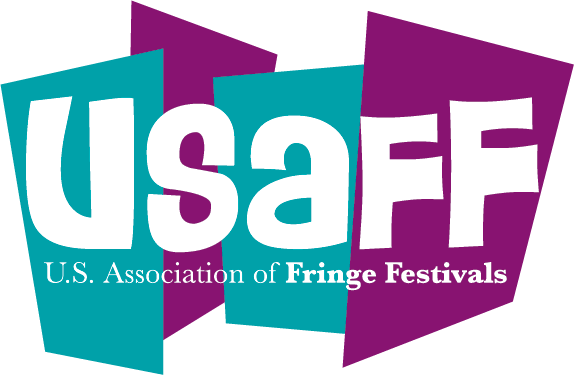“Crave” by Sarah Kane - THUD Productions
Reviewed By Chris McCoy
Warning: This review and production contain mentions of suicide, violence, self-harm, and sexual assault.
THUD productions returns to Fringe with their signature of presenting under-performed works by prominent playwrights. Following last year’s “Beckett Trilogy,” they continue with a neo-absurdist play, “Crave” by Sarah Kane. Kane was a rising British playwright until her untimely death by suicide in 1999. Despite a short career, her work developed a unique style combining elements of absurdism and expressionism that defined its own genre, “in-yer-face theatre.”
“Crave” is a confounding play with four characters who never leave the stage and are only named C, M, B, and A, no other description is given. While the dialogue is more poetic meanderings than clear storylines, one can piece essences of each character together to understand that perhaps these are the machinations of a single mind, different aspects of a single personality, or totally different people in sadistic relationships. Kane’s work provides no explanation only expressionist emotion. For this reason, ambitious directors and actors are often drawn to her work for their reliance on creative contributions and raw imagination.
THUD’s production strikes this chord of unadulterated emotion from the moment the audience enters the theatre. Melancholy music plays as actors in isolated spotlights immediately give the sense of separation, depression, and loneliness. As the play unfolds, the words flow seamlessly sometimes finding tension between the characters on stage, sometimes isolating characters in their own worlds. The play is orchestrated like a score rather than literature and this production finds dynamics that sometimes feel forced, but more often move the action along. Theatre and literature aficionados will find connections in the language and style with Samuel Beckett, Antonin Artaud, Alfred Jarry, and Harold Pinter.
The overall directing of the show was strong as the actors all seemed to make sense of their lines even when they had no context in the moment. The choreographic movement was varied, although confined by a very strong directorial choice (that I won’t give away) that limited the actors mobility, but made great impact given the overall theme. Of particular mention was Casey Jane’s performance, which commanded the stage with a powerful voice, expressive body, and formidable character. Notable mention also to the impressive lighting design, which elevated the production values and created truly beautiful moments at the climax.
While this work is certainly not for everyone and recommended only for 18 and up, this is a chance to see a fine production of an under-performed script by an underrepresented playwright.


